The Incredible Oyster Reef – Chesapeake Bay Foundation (2017)
Poor water quality, disease, and harvesting nearly put an end to native oyster (Crassostrea virginica) in Chesapeake Bay. Restoration of the bay to pre-Columbian levels is challenging. The film commissioned by the Chesapeake Bay Foundation explores the ecology of this keystone species providing services to maintain a healthy biological community. A single oyster can filter up to 50 gallons of water in the Chesapeake Bay in a single day. Oysters filter nutrient and suspended sediment from the water column. Moreover, […]

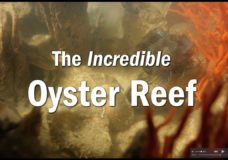
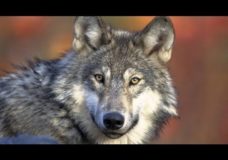





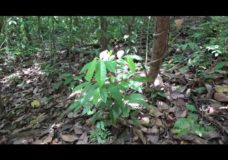
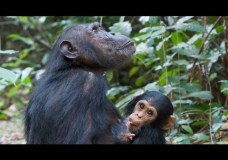


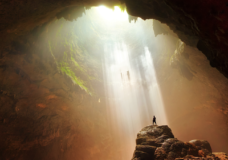




Recent Comments